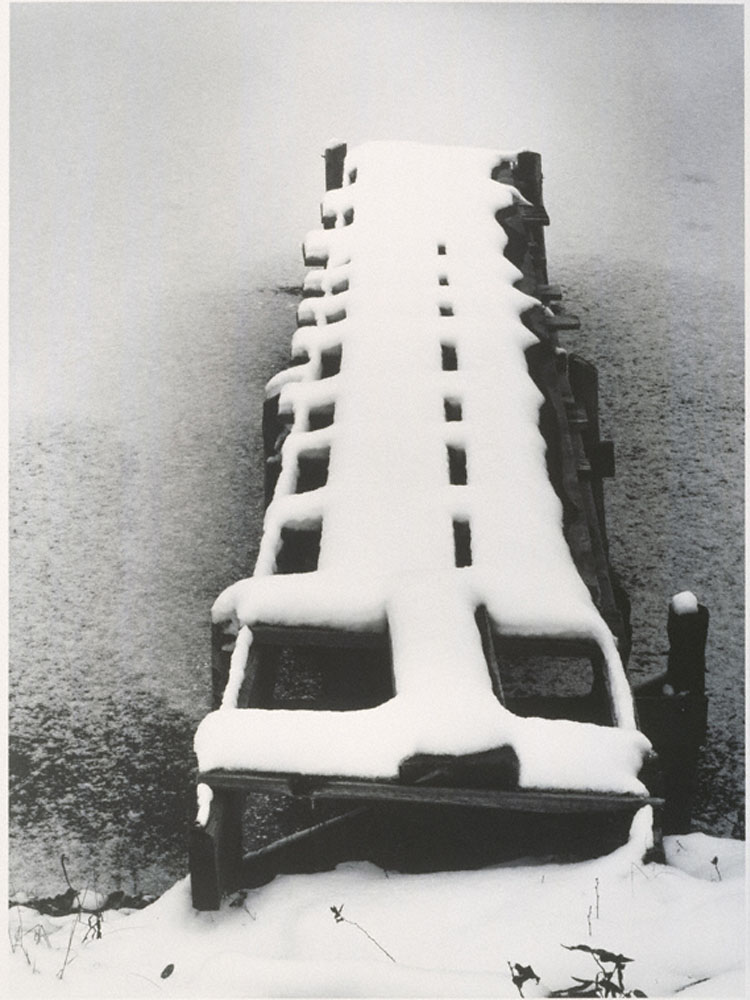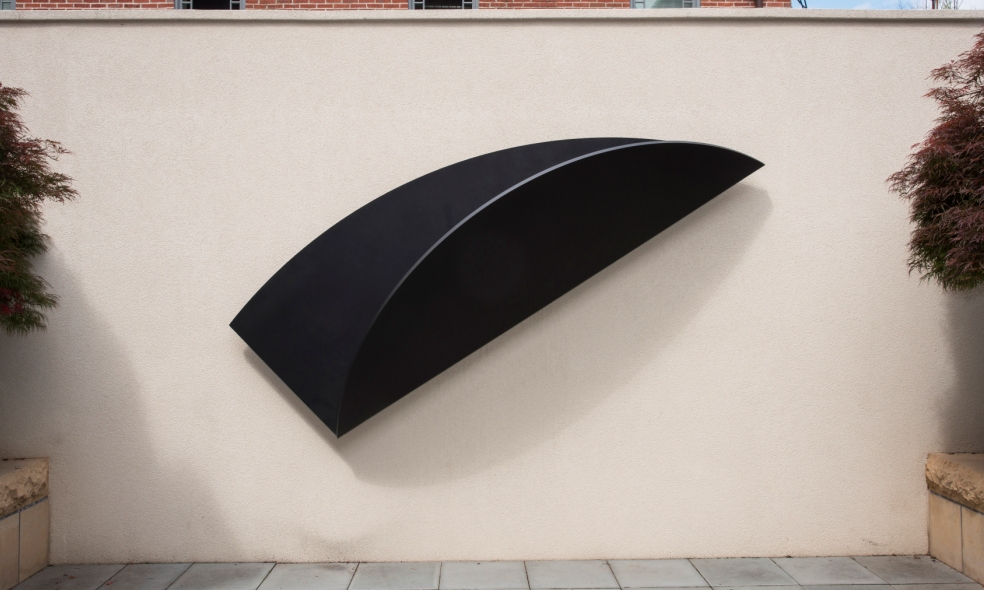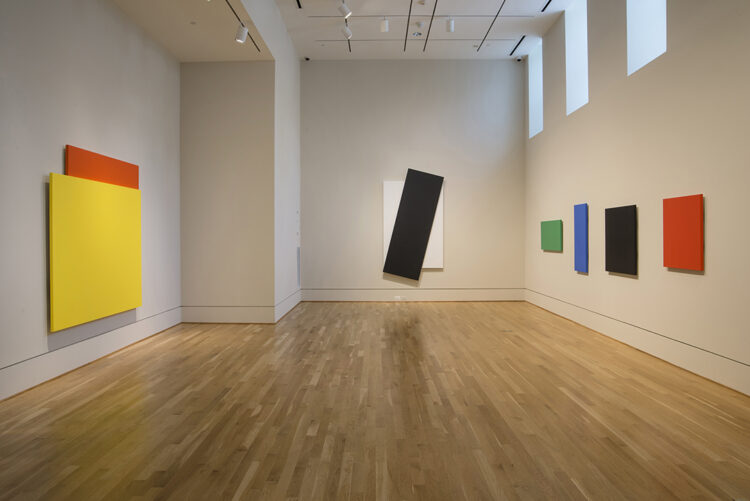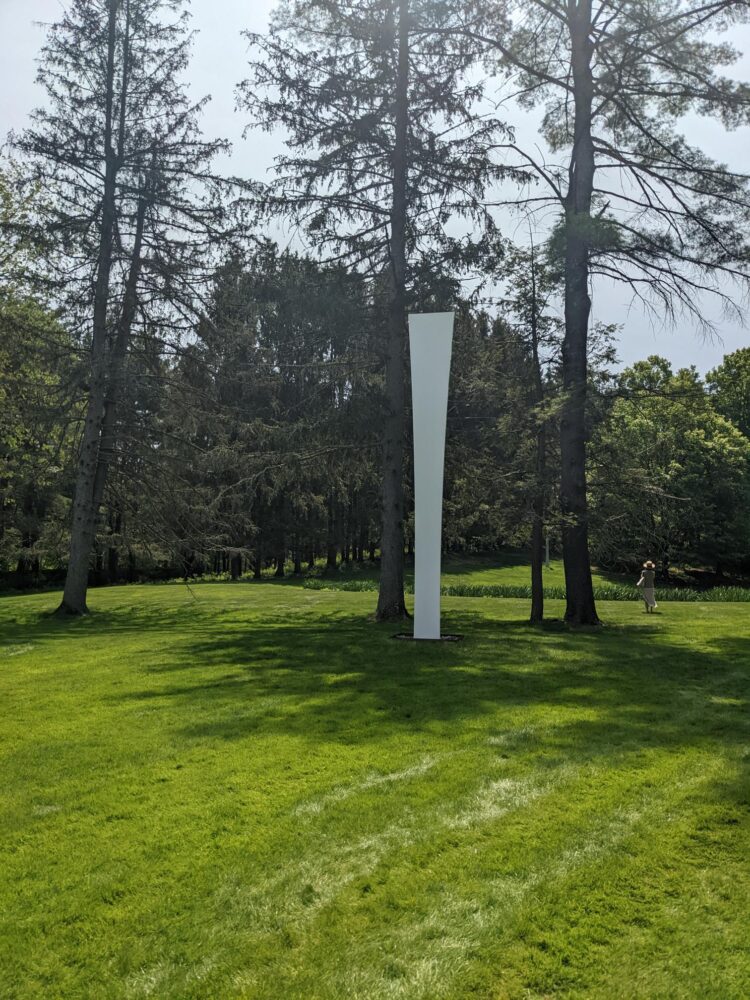The new book Duncan Phillips Writings on Art (published by The Phillips Collection in association with Spring Publications, 2023) is the first gathering of these texts devoted exclusively to this essential side of the man who founded The Phillips Collection. The book was edited by Chief Curator Emeritus Klaus Ottmann, who shares some thoughts on the book.
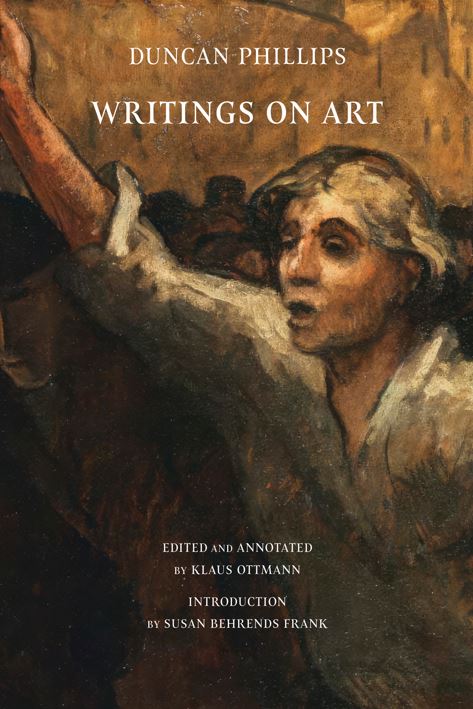
The idea for putting together a collection of Duncan Phillips’s writings on art first came up during our initial conversations about the Phillips Centennial in 2021, as a way to honor Phillips and share some of our rich archives. Over several decades, Phillips wrote scores of books, articles, and addresses that reveal his views on art—his idiosyncratic collecting philosophy remains a guiding principle for the museum’s growing collection. He wrote about a wide range of topics, from an art-historical treatise on Giorgione to his evolving thoughts on his collection as it grew and shifted toward modern and contemporary art to catalogue essays on individual artists and editorials and articles for various art journals. I worked closely with Karen Schneider, the Phillips’s former Head Librarian, and Curator Sue Frank on selecting the texts; we could not have published his volume without Sue’s insightful and well-researched introduction. Among Phillips’s better known texts, such as “A Collection in the Making” and “The Artists Sees Differently,” there are many lesser known, yet equally compelling texts. One that I found especially interesting is “Art and the War,” published in June 1918, three months before the end of World War I, in The American Magazine of Art.
In his 1918 article Phillips made a case for artists to be sent to the battlefields: “Our nation, from the very beginning of its physical participation on the battlefields of the war, should have artists at the front to represent it and to collect for its archives standardized pictorial records. General Pershing has asked for American artists and the men who compose the Division of Pictorial Publicity have already, with the authorization of the Government, selected eight artists to sketch what they see on our sector of the Western Front. It may be wise to send more artists later on, but the quality of the work they would do must be the first consideration and a few artists of brilliant talent for vivid artistic expression will meet the need of the nation for pictorial records better than four times as many mediocrities, however excellent their intentions and ambitious their efforts.”
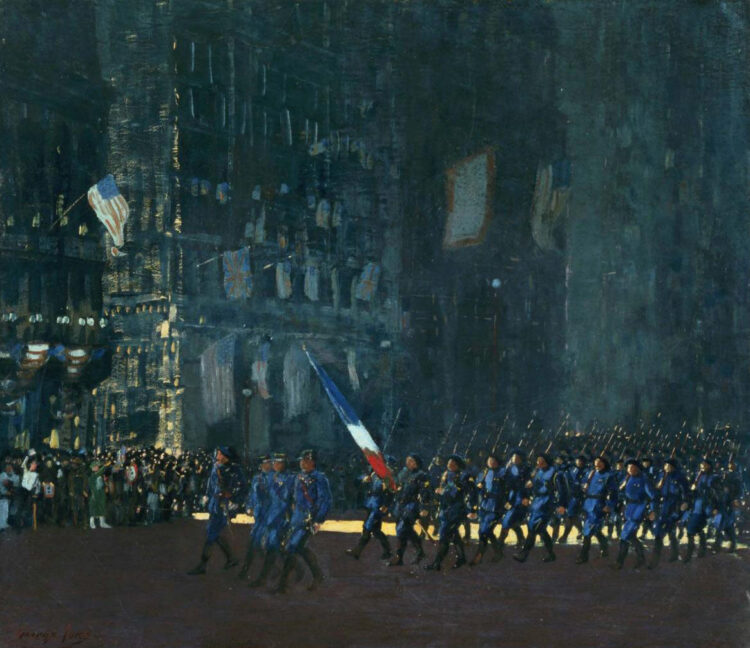
George Luks, Blue Devils on Fifth Avenue, 1918, Oil on canvas, 38 5/8 x 44 1/2 in., The Phillips Collection, Acquired 1918
The US Army indeed began enlisting artists during World War I, when eight artists were sent to the war in Europe, and during World War II, more than one hundred U.S. servicemen and civilians served as “combat artists.” In 1943, Duncan Phillips was appointed one of the members of the Art Advisory Committee that selected the artists.
Pick up your copy in the Museum Shop or online at shopphillipscollection.org!


